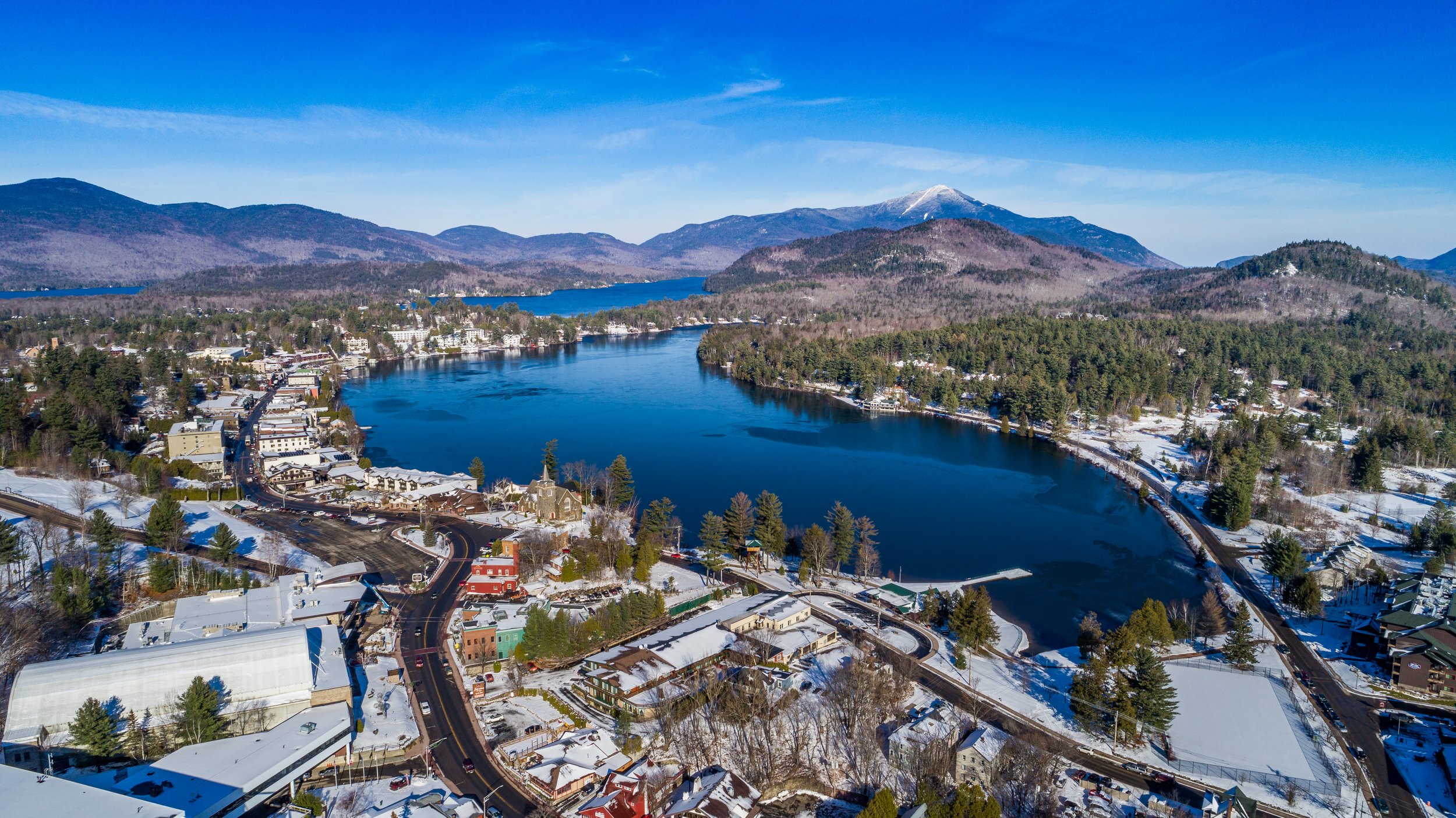
Road Salt Research
Because of low purchase price and ready accessibility, road salt (sodium chloride) is the most commonly used de-icing chemical, and its use on highways has increased steadily since the 1940s. New York State is the largest user of road salt in North America, and the amount of road salt used in the Adirondack Park greatly exceeds the inputs of other regionally important pollutants like acid deposition. Yet, despite this higher input, we know comparatively little about the effects of road salt on Adirondack ecosystems. Road salt has the potential for significant negative effects on forest and aquatic ecosystems that may be on par with or greater than those reported for other regional pollutants. Much research has been done on road salt, and its general effects on forest, soil, and water resources are well documented. Still, questions remain on the significance of road salt compared to other pollutants. Additionally, little research has been done that can be used directly by agencies and municipalities to improve winter road management practices to reduce the environmental impacts of road salting.
Surface Water
Road salt can have significant negative effects on aquatic ecosystems. The objectives of this work are to understand the effects of road salt application rates (tons of salt per km of road) on soil fertility and water quality and to develop practical information to aid agencies and municipalities in selecting management practices that reduce the impacts of road salt on forest and water resources.
Research Highlights
Review of effects and costs of road de-icing with recommendations for winter road management in the Adirondack Park – this white paper helps highway departments, local governments, government agencies, and community groups make informed decisions about why and how to reduce road salt pollution.
Regional analysis of the effect of paved roads on sodium and chloride in lakes – this peer-reviewed research demonstrates that salt reduction efforts at the state level will have the most significant regional benefits.
Landscape level estimate of lands and waters impacted by road runoff in the Adirondack Park of New York State – this peer-reviewed research documents the extent to which road salt may be impacting surface waters within the Adirondack Park.
Groundwater
A review of data from our stream monitoring network reveals persistently high concentrations of sodium and chloride occurring during the summer and early fall in streams impacted by paved roads. This is a time of year when our streams are at baseflow, fed almost entirely by shallow groundwater reserves. High concentrations of salt this time of year are indicative of groundwater contamination. The objectives of this work are to understand the effects of road salt on our regional groundwater supply.
We collected water samples from nearly 500 private drinking water wells throughout the Adirondack region. These data document significant regional groundwater pollution, primarily associated with runoff from state roads. These findings support our previous work on surface water salinization in the Adirondack Park.







